Happy Tuesday, my friends! I’m glad to see new friends joining my little corner of entertainment and it’s awesome to see all the support you are giving to my work.
So, today, as you know, it’s again time for My Travel Diary Chronicles, the space of this publication dedicated to Tamara‘s travels.
Without any further ado, get ready to dive into the history, art and culture of a beautiful city, not as sponsored as the biggest ones like Florence, Pisa and so on, but equally full of wonderful background.
Enjoy!
I set off from Como, headed to Livorno, to discover a city less celebrated than other Tuscan gems, but which in its very peculiarity hides something fascinating. Unusual and surprising, Livorno reveals its authentic soul among its canals, working-class neighborhoods, and the salty air of the port.
After the decline of the Maritime Republic of Pisa, Florence bought Livorno from the Genoese. From a small fishing village, it was transformed into the most important port in the Mediterranean at the time, following a carefully designed pentagon-shaped urban plan.
Around 1500, the city was fortified with an imposing structure known as the Fortezza Vecchia (Old Fortress), commissioned by the noble Medici family. Much of the fortress’s remains were destroyed during the bombings of World War II, yet Livorno never lost the distinctive charm that still defines it today. It remains a shining example of a multicultural society where languages and religions from around the world have long interwoven—just as the ironic rivalry between Livornese and Pisans lives on.
“Better a corpse in the house than a Pisan at the door,” the Livornese exclaim jokingly.
“May God grant your wish,” the Pisans reply with a smile.
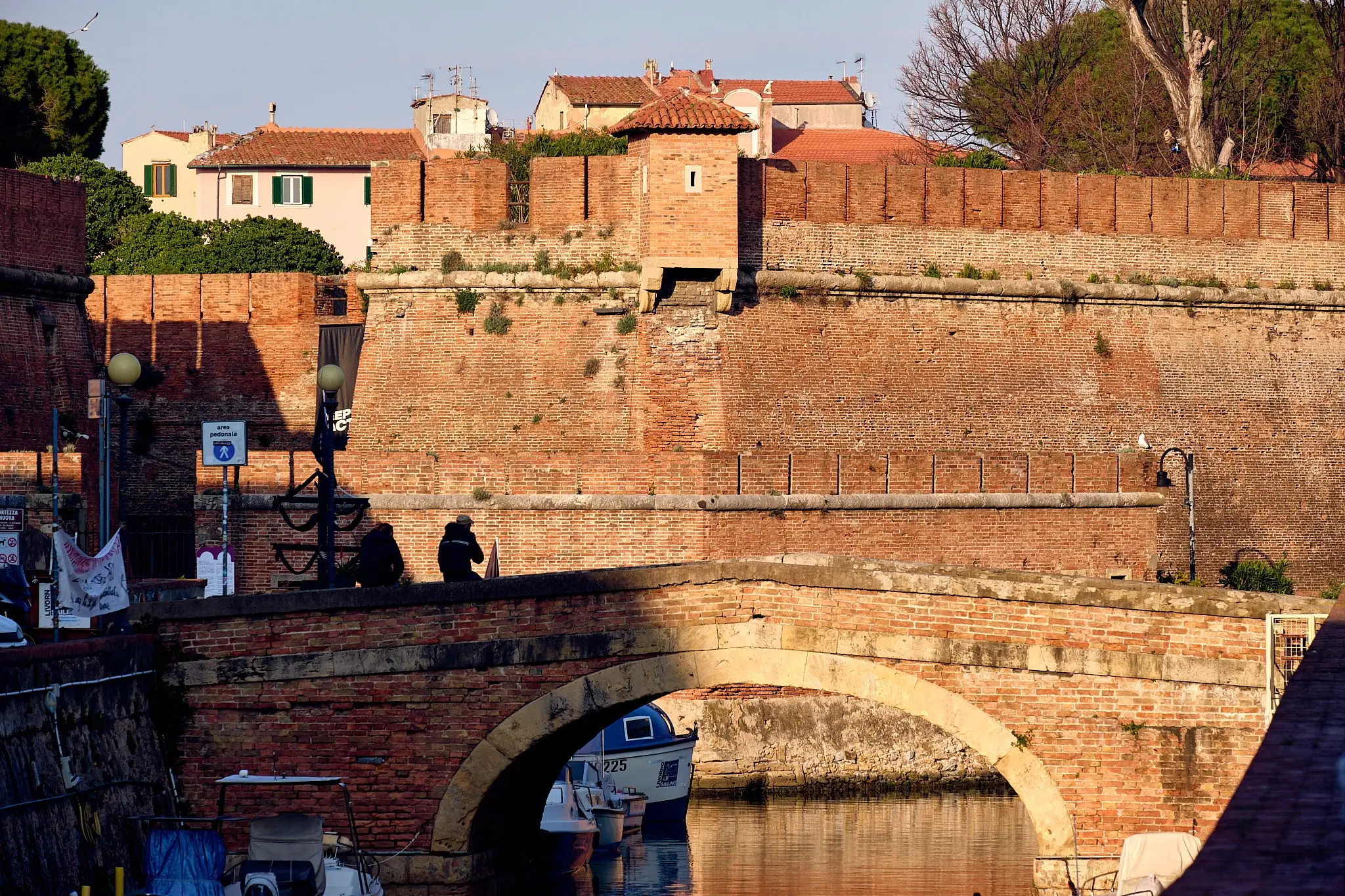
Livorno continues to attract tourists throughout the year, and I, having lived there for a few years, often return, even if just for a short stroll. That’s why one weekend, I got up at dawn to revisit the Fortezza Vecchia and the vast expanse of sea—perhaps standing on the remains of the ancient Labronic village.
Talking with the locals, it becomes clear how deeply tied they are to the sea, living in a symbiotic relationship made of daily rituals—where sport, leisure, and play harmoniously blend before its majestic presence, their gazes drifting far away, in a dreamlike search for new islands, famous battles won, and legends lost in the mists of time.
Those ancient times, I rediscovered in the “Fossi,” the city’s military canals filled with seawater, originally built for defense. My mother once called them “streams,” scandalizing a nearby Livornese listener.
From the Fortezza park, you get a stunning view of the old Fosso Reale (Royal Canal), leading toward the Venezia Nuova district, which was expanded at the end of the 17th century after most of the Fortress was demolished.
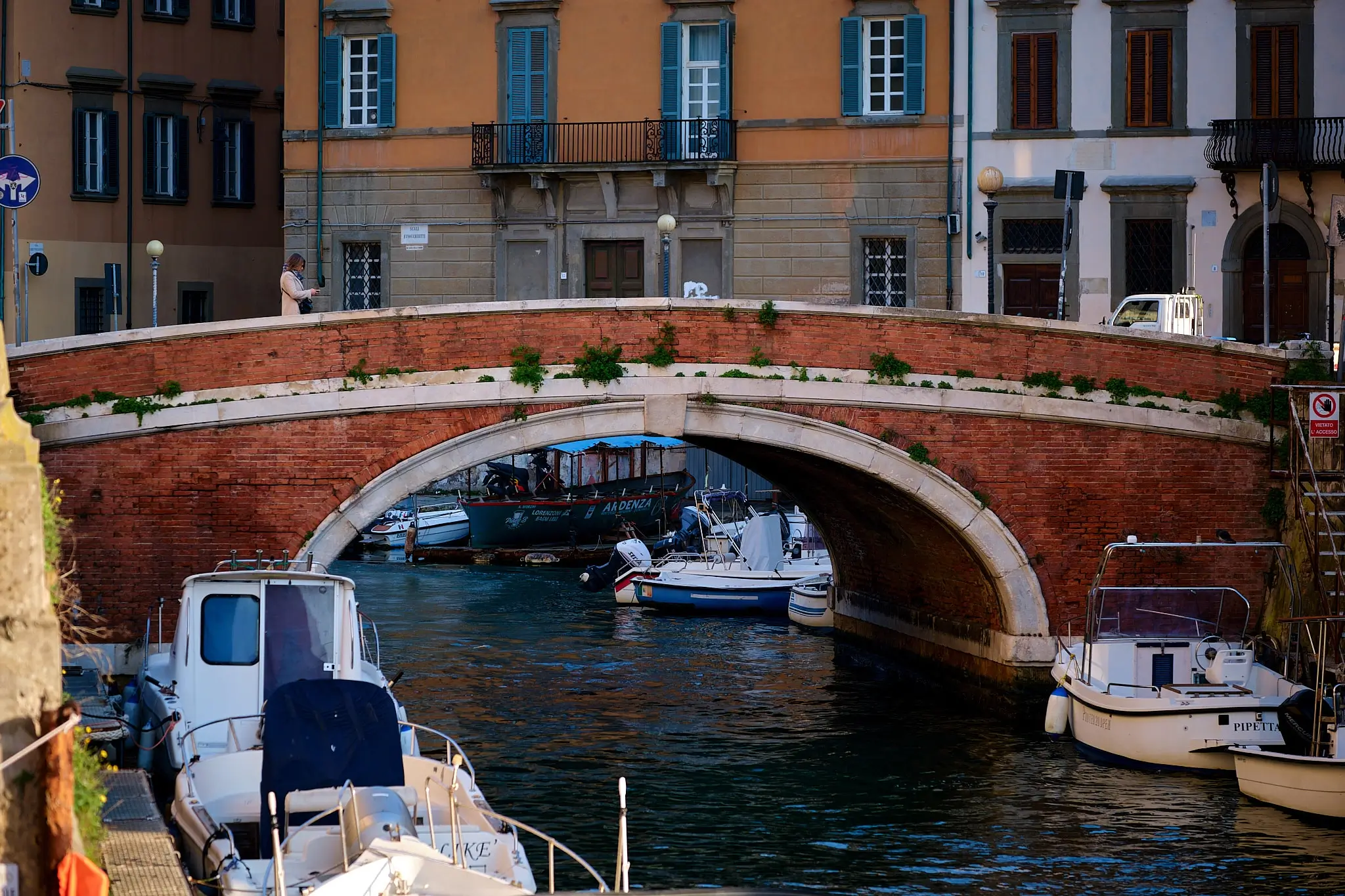
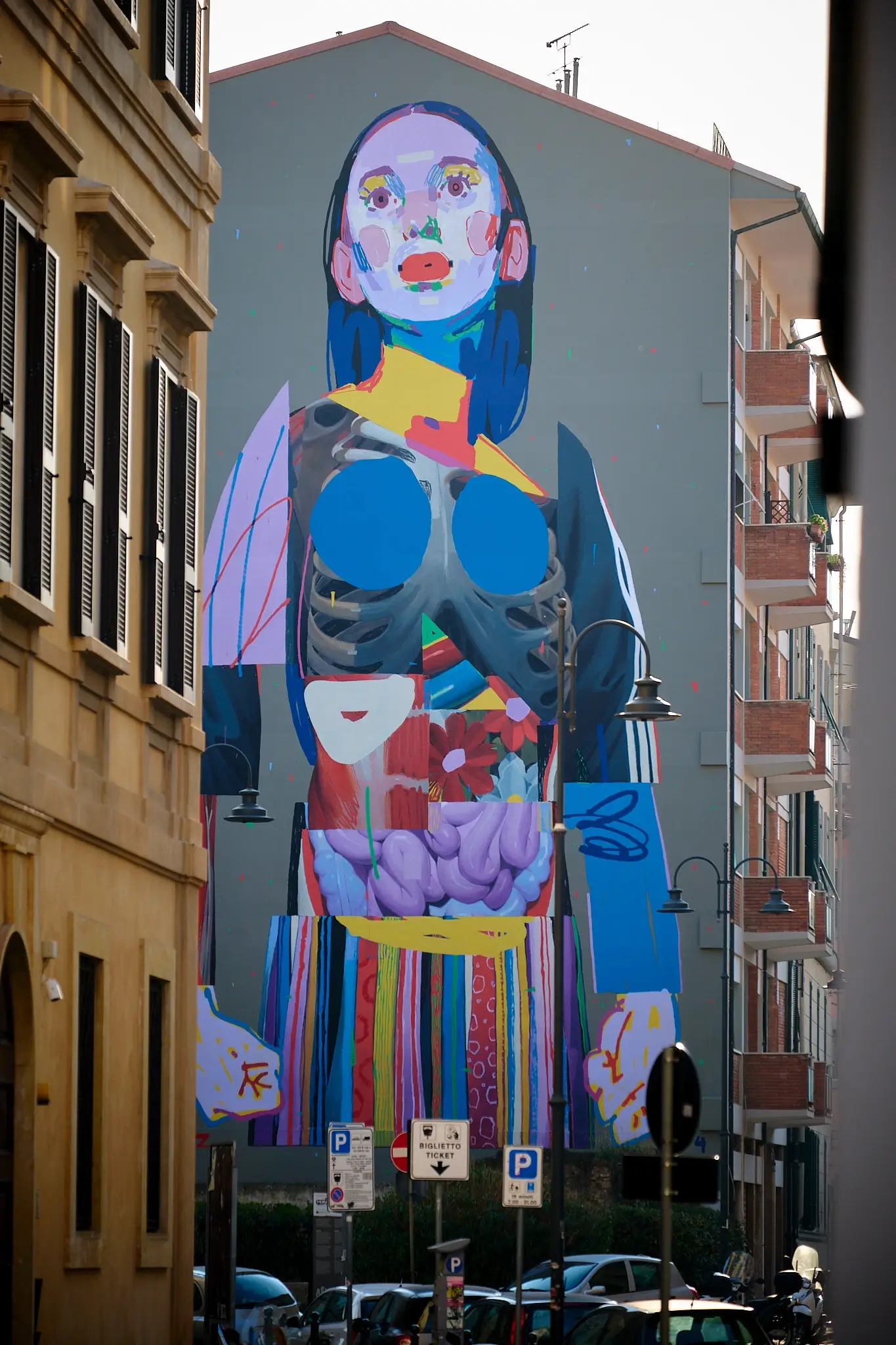
Thus, a commercial district was born, designed for loading, unloading, and storing goods, in direct communication with the port. Barges came and went, carrying all manner of products.
Admiring the elegant residences along the canals—each with its own cellar for storing goods—I imagined the daily lives of nobles, consuls, merchants, and traders, feeling as though I were part of their world.
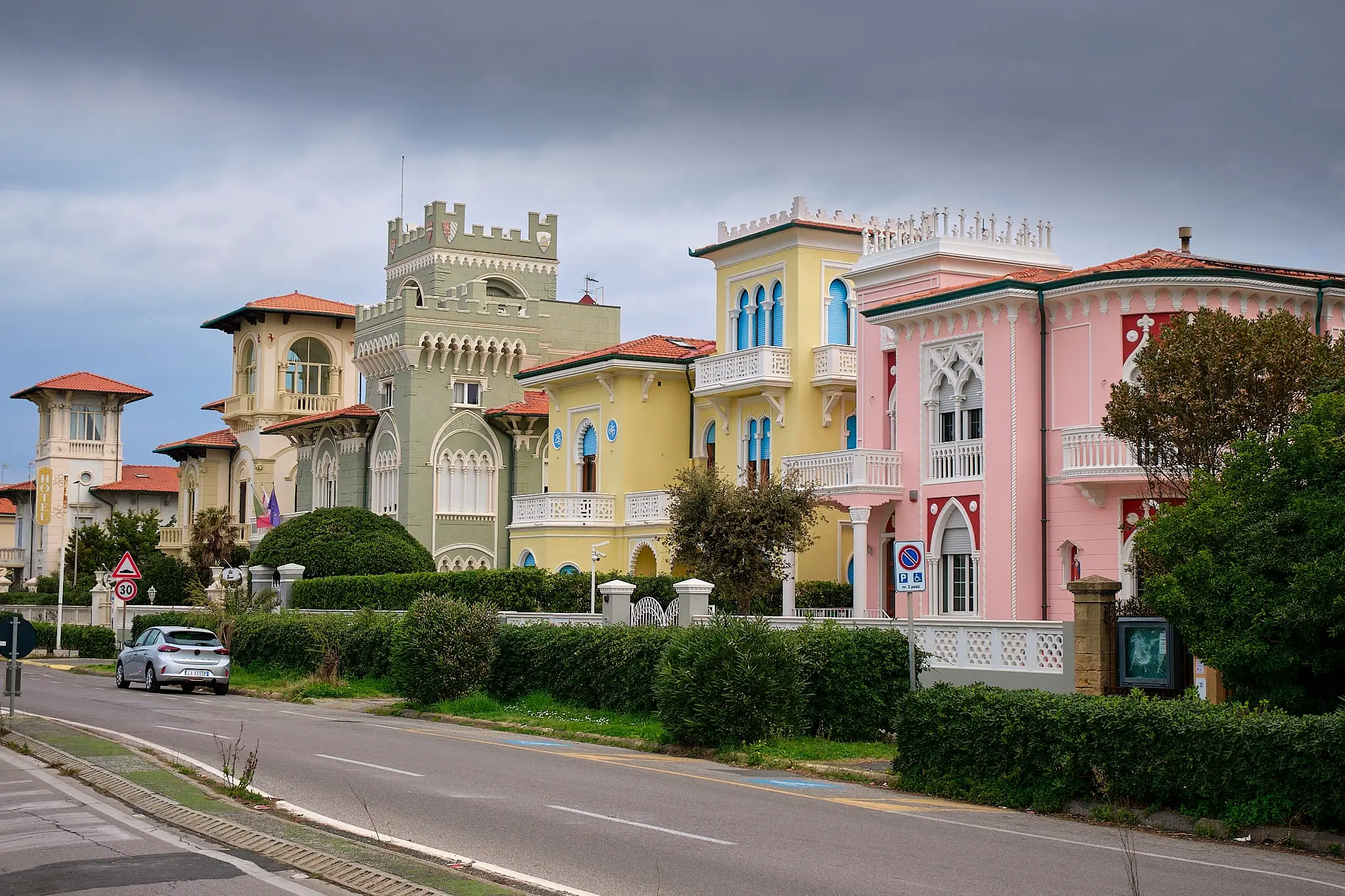
Just like those homes with storage rooms opening directly onto the canals, the central market was also built over the canal. Designed in 1894 with direct access for exporting goods, it followed the model of the Halles de Paris, created by architect Victor Baltard in 1860.
Here, you can truly feel the soul of the Livornese: their playful dialect, colorful stalls with local delicacies, fish, cheese, and cured meats overwhelm you with their aromas and seduce you with their flavors—under a magnificent iron-and-glass structure inspired by 19th-century architecture. And to think, the first time I visited London, I didn’t know that Covent Garden had been designed using the architectural plans of this very Livorno building!
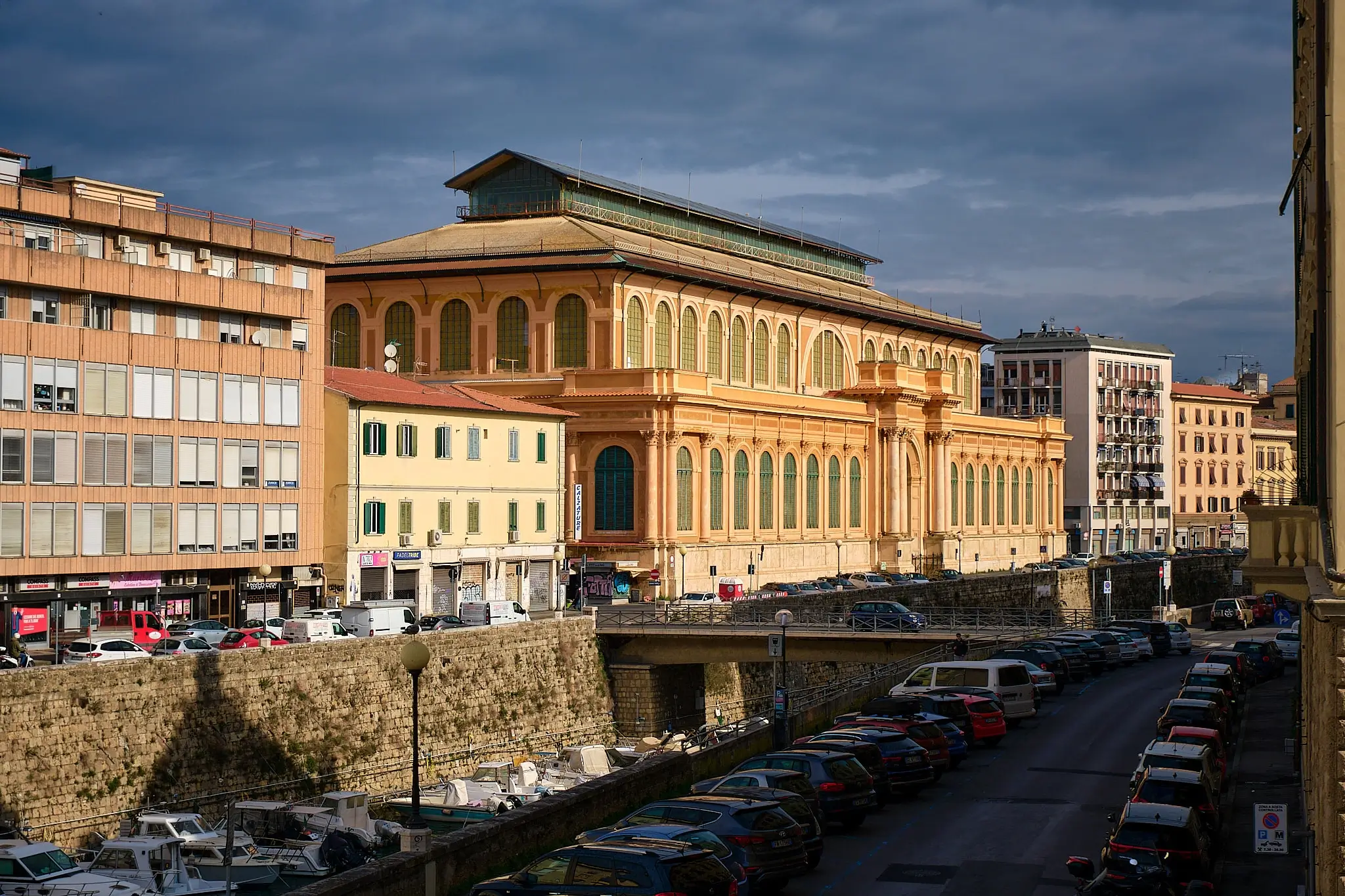
You’ll find similar market stalls outdoors as well, in Piazza Cavallotti, where a morning fruit and vegetable market takes place. The square isn’t particularly beautiful, but it was the birthplace of composer Pietro Mascagni. His house no longer exists, but a plaque honors his memory—and in our hearts remains the beauty of Cavalleria Rusticana.
Not far from there, at the historic Antica Torteria di Gargarin, you can taste a delicious chickpea cake, or the typical 5&5—a sandwich with chickpea cake, invented by Livornese in the 1930s, which I found simply delicious.
Continuing, you’ll reach the Cathedral of San Francesco, located in the center of the spacious Piazza Grande. From there, you find yourself under the arcades of Via Grande, the city’s main shopping street.
Livorno boasts wide roads and airy squares, like Piazza della Repubblica, which actually stands above the Royal Canal and is, in fact, a massive bridge—80 meters wide and 240 meters long. Locals call it Il Voltone or Piazza dei Granduchi, named after the statues of Leopoldo II and Ferdinand III of Lorraine that adorn and enhance its grandeur.
I ended my extraordinary walk with the delight of a gelato, strolling along the chessboard-patterned Terrazza Mascagni. There, I admired the sea with the wind in my hair, scented with salt, while seagulls cried above and my gaze drifted far across the horizon, patiently awaiting the sun to set beyond the water.
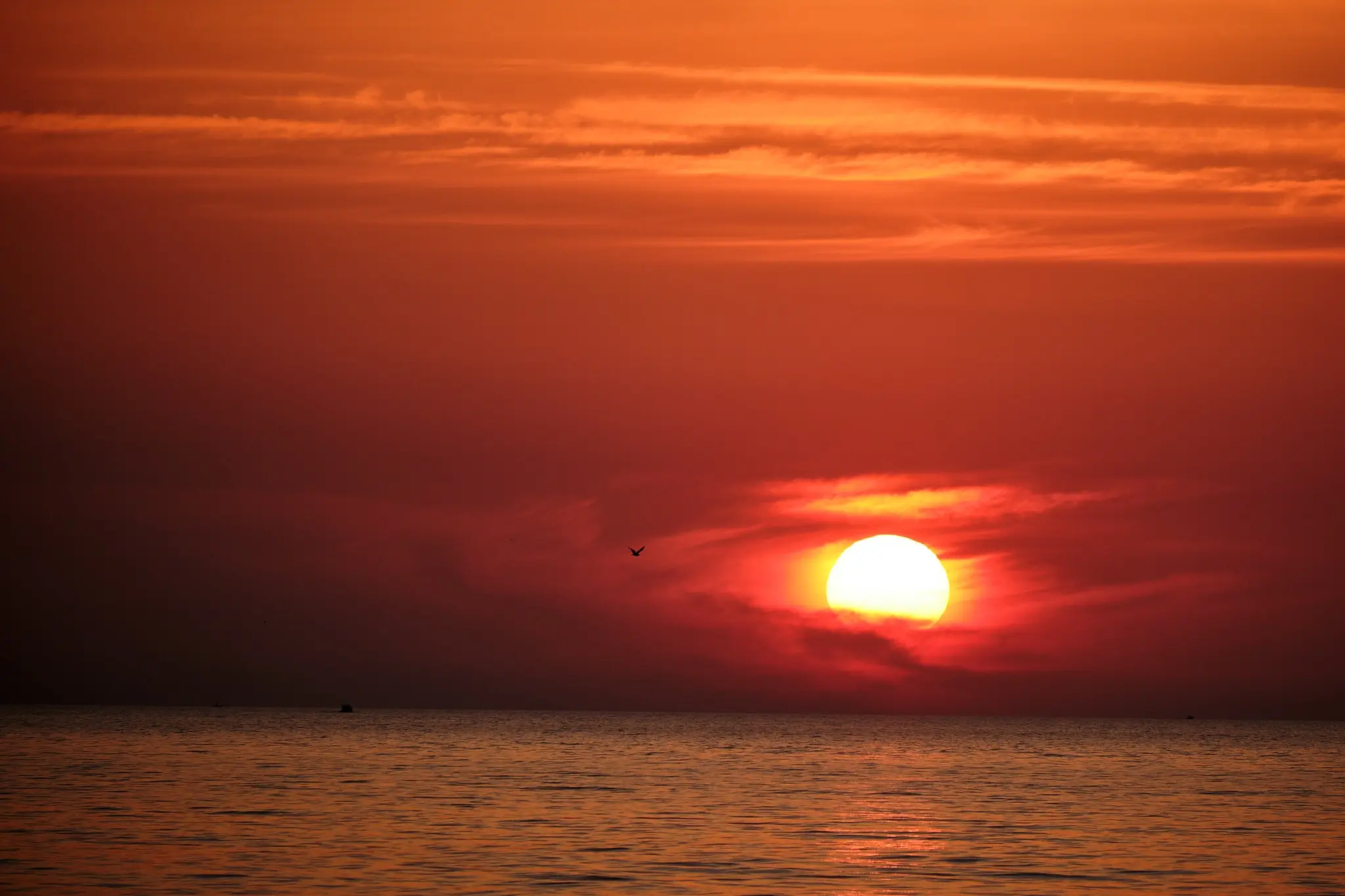
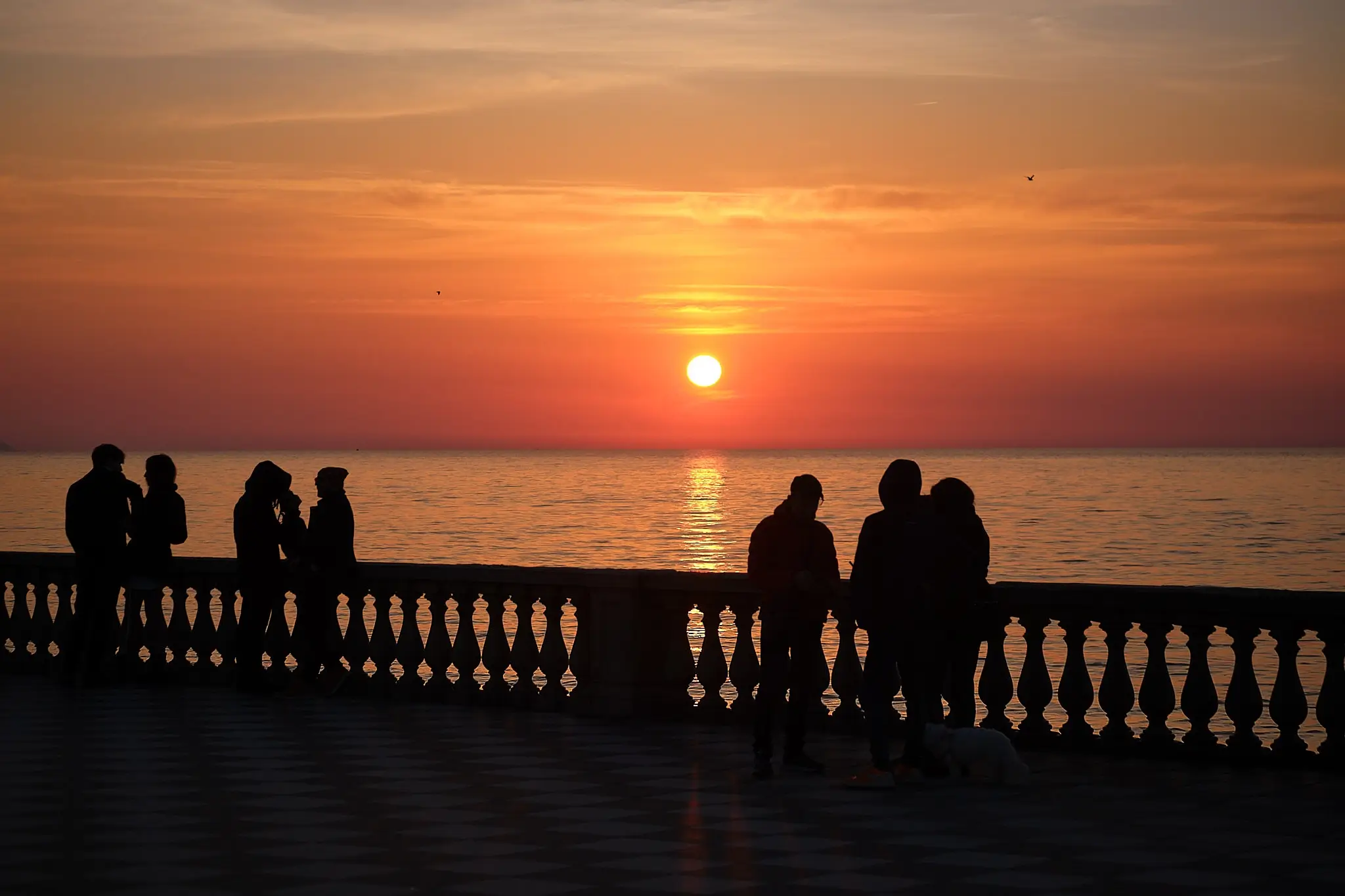
I recall, a few years ago, enjoying a fantastic aperitif on the top floor of the Grand Hotel Palazzo, captivated by a unique view and a breathtaking sunset.
Despite much of the city being modern, Livorno still preserves unexpected gems of the past—like the Giovanni Fattori Civic Museum, housed in Villa Mimbelli: a 19th-century private residence, rich with original furnishings and décor.
I didn’t manage to visit the Sanctuary of Montenero, a sacred site dating back to the 16th century and a destination for pilgrims—but I won’t miss it next time.
From Montenero, the view is unmatched—it embraces the vast sea so beloved by the Livornese, who carry it tattooed on their skin like sailors. They themselves say they are not fully Tuscan: their cultural and genetic roots lie not on land, but somewhere beyond the sea.
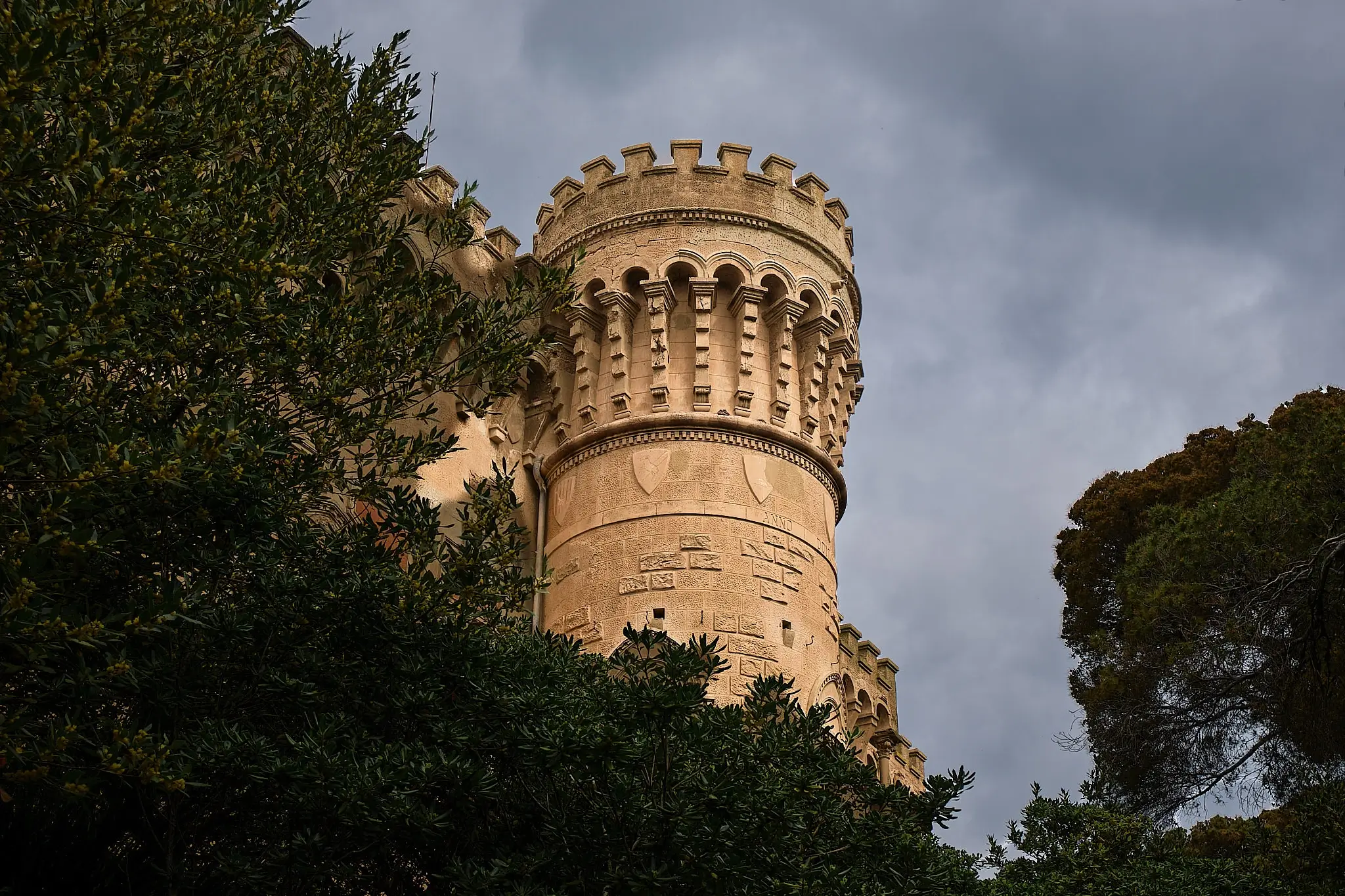
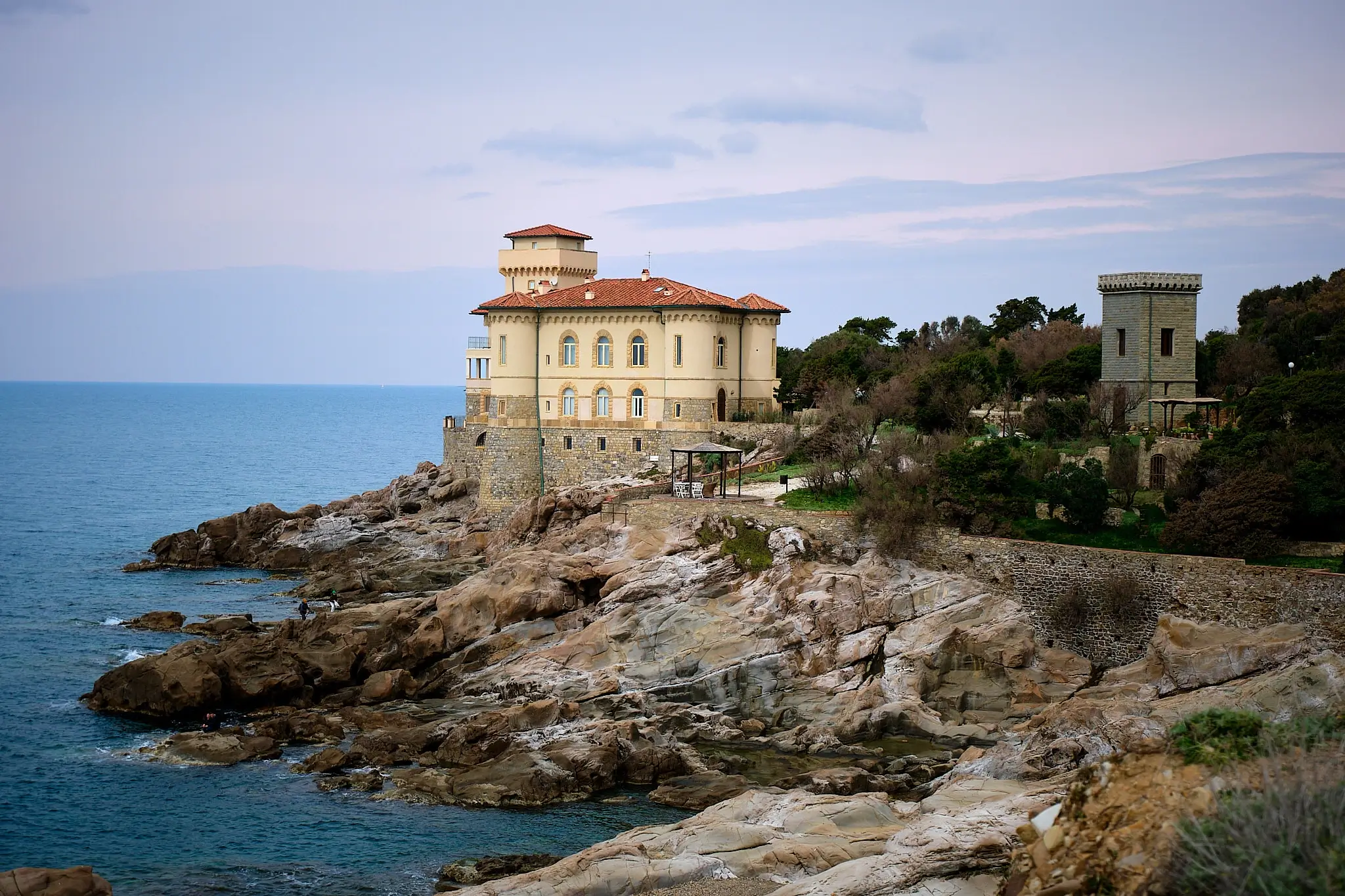
Take care and talk soon!